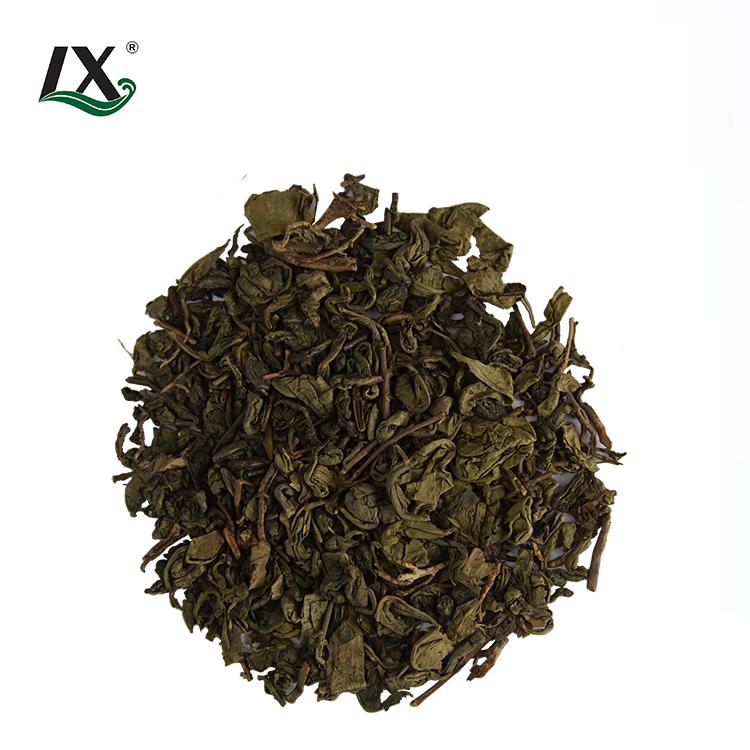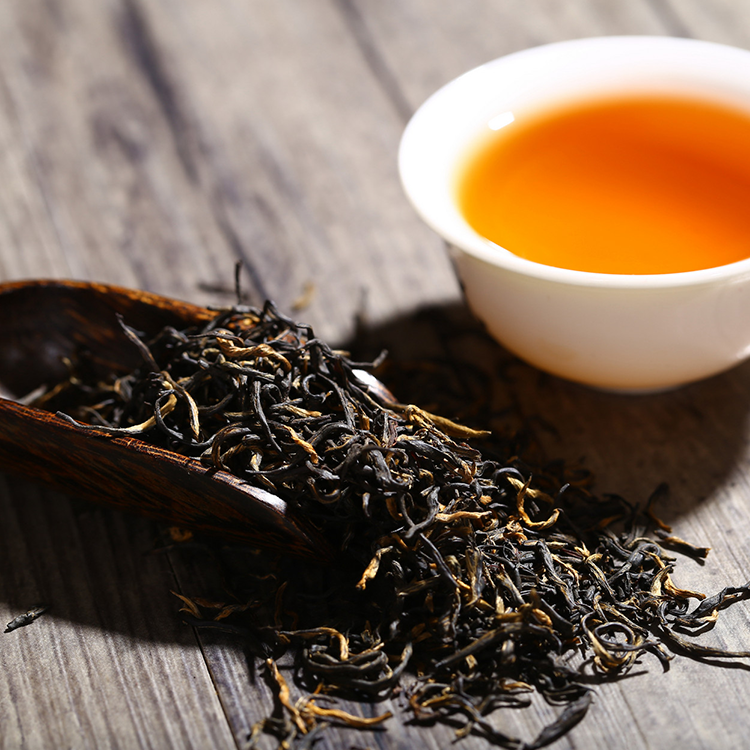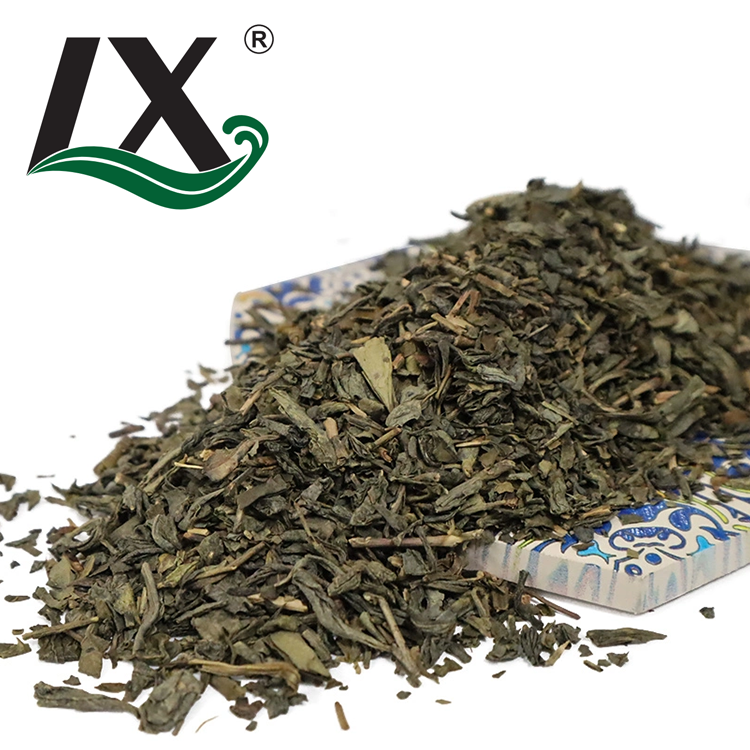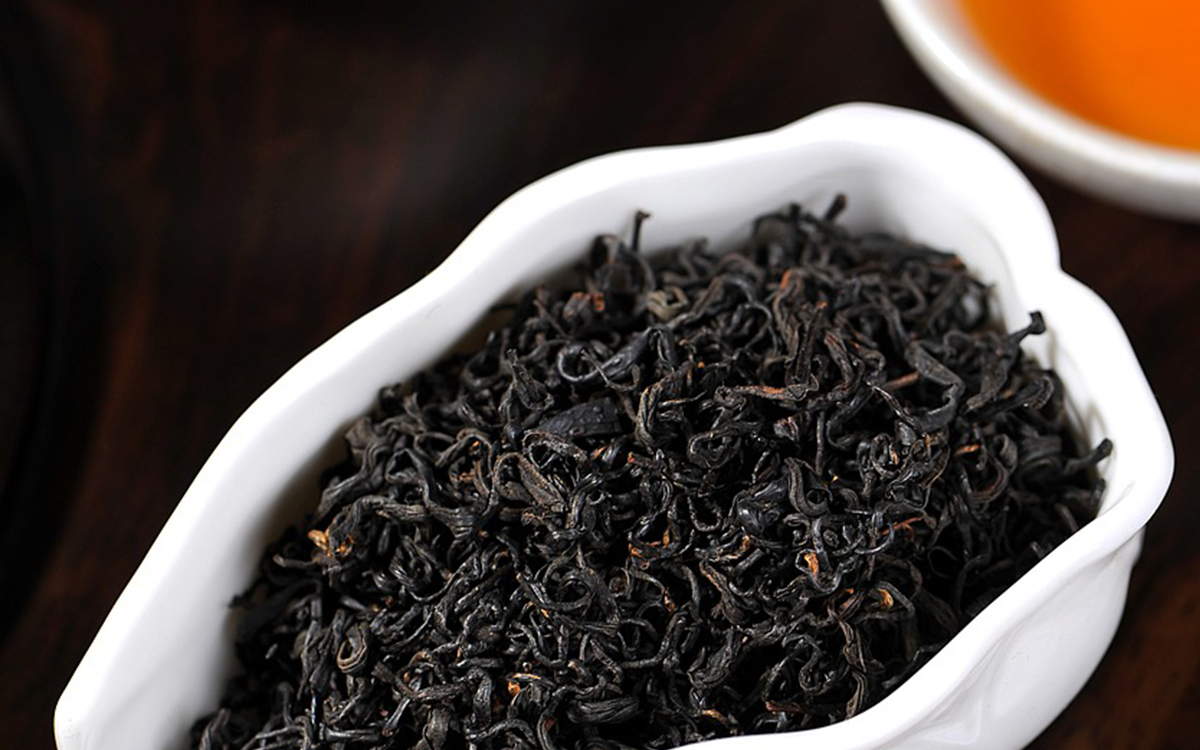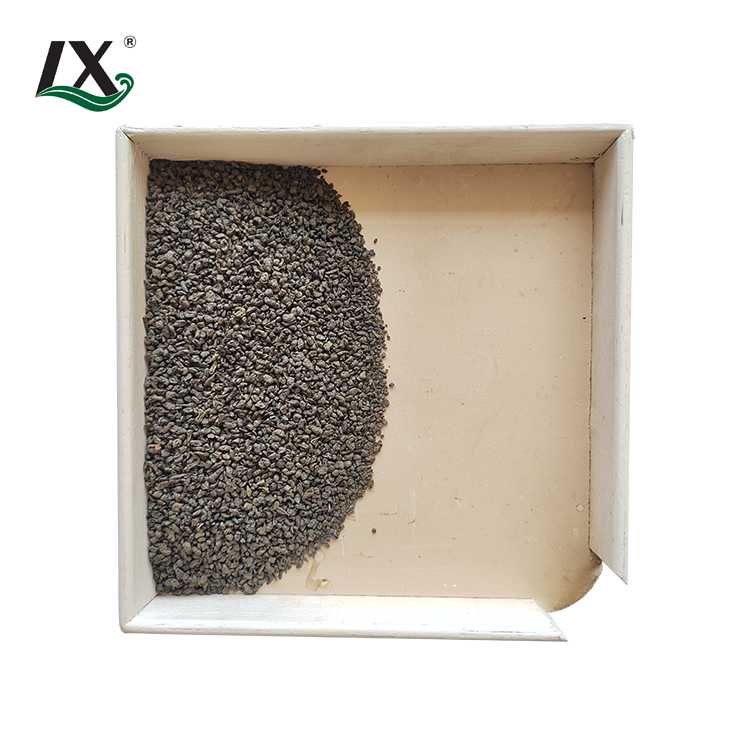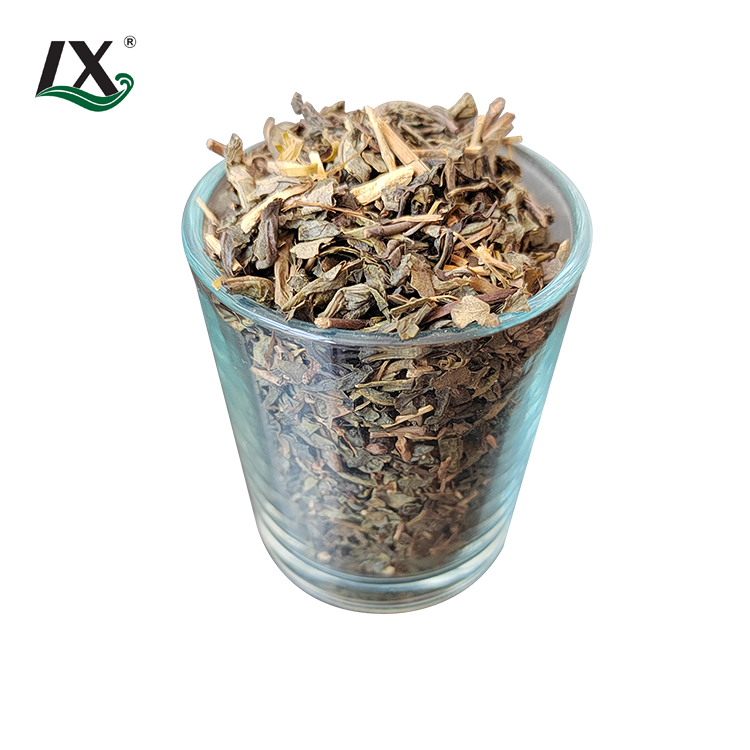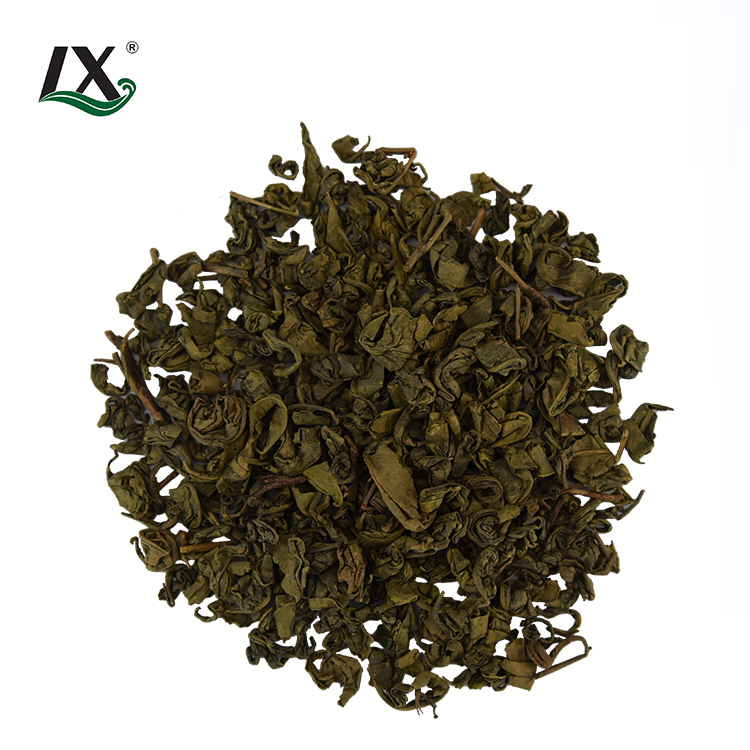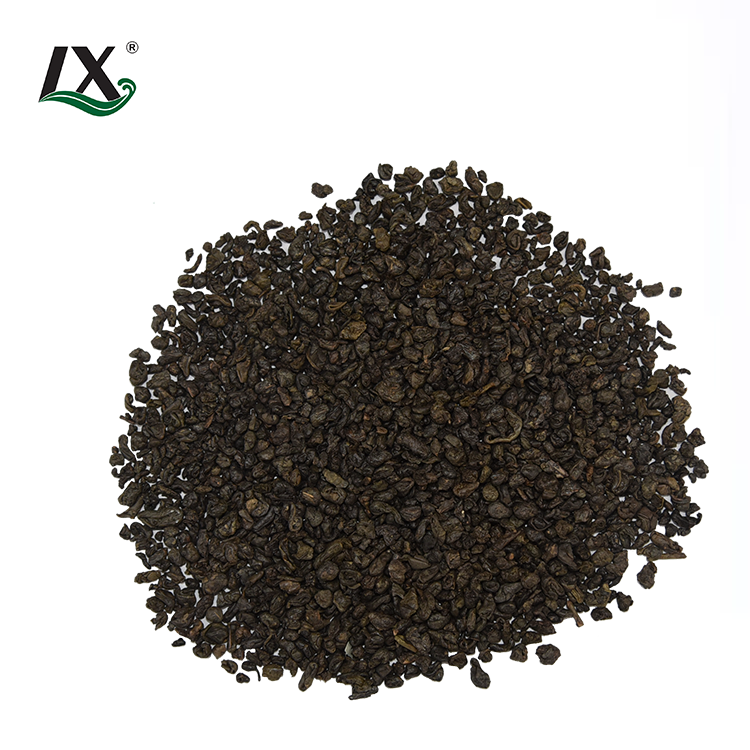Gunpowder Green Tea vs. Sencha: A Comprehensive Comparison
Introduction
Green tea has captivated enthusiasts around the world with its diverse flavors, aromas, and health benefits. Among the myriad of options, two prominent varieties stand out: Gunpowder green tea and Sencha. Originating from different regions: China and Japan, and steeped in rich histories, these two teas offer unique experiences for both novice and seasoned tea drinkers. You may curious what’s the differences between Chinese And Japanese Green Teas? This blog delves into a comprehensive comparison of Gunpowder green tea vs. Sencha, exploring their origins, processing methods, flavor profiles, health benefits, and brewing techniques, ultimately providing insights into what makes each tea distinct.

Gunpowder Green Tea vs. Sencha: Historical Context
The history of green tea from China is as rich and complex as the beverage itself. Gunpowder green tea has its roots in China, particularly in the Zhejiang province, where it has been produced for centuries. The name "Gunpowder" comes from the appearance of its tightly rolled leaves, resembling small pellets of gunpowder. This tea gained popularity during the Tang Dynasty (618-907 AD) and has since become a staple in various cultures.
Sencha, on the other hand, has its origins in Japan, although its earliest forms can be traced back to China. It was introduced to Japan in the 8th century and gained prominence in the 17th century. The Japanese refined the processing methods, leading to the distinctive flavor and characteristics we associate with Sencha today. Both teas reflect their cultural significance, with Gunpowder being enjoyed in traditional Chinese tea ceremonies and Sencha being a daily staple in Japanese households.
Gunpowder Green Tea vs. Sencha: Cultivation and Production
The cultivation of green tea from China, particularly for Gunpowder, requires specific climatic and soil conditions.
- Gunpowder Green Tea: Grown in the misty mountains of Zhejiang, Gunpowder thrives in a subtropical climate. The tea leaves are typically harvested in the early spring when the buds are tender and packed with flavor. The processing begins with withering, followed by steaming to prevent oxidation. After steaming, the leaves are rolled into tight pellets, a method that not only preserves the flavor but also enhances shelf life.
- Sencha: Unlike Gunpowder, Sencha is cultivated in Japan's fertile fields, particularly in Shizuoka and Uji. The climate is temperate, and the tea is usually harvested in late spring. After harvesting, the leaves are steamed, rolled, and dried. This steaming process gives Sencha its vibrant green color and fresh taste, setting it apart from other green teas.
Gunpowder Green Tea vs. Sencha: Flavor Profiles and Aroma
When comparing Gunpowder green tea vs. Sencha, the flavor profiles are distinctly different, each offering a unique sensory experience.
- Gunpowder Green Tea: Gunpowder is known for its bold, robust flavor with a slightly smoky undertone. The tightly rolled leaves release a rich, full-bodied brew with a hint of astringency. The aroma is often described as earthy and slightly nutty, making it a favorite among those who enjoy a stronger cup of tea. Its flavor can vary depending on the quality of the leaves and the brewing method.
- Sencha: In contrast, Sencha is celebrated for its bright, refreshing taste. The flavor is characterized by a sweet, grassy profile with subtle vegetal notes and a hint of umami. The aroma is fragrant and green, reminiscent of freshly cut grass. Sencha’s flavor can be influenced by factors such as the growing conditions and the processing techniques, making each cup a unique experience.
Gunpowder Green Tea vs. Sencha: Health Benefits
Both Gunpowder green tea and Sencha are renowned for their health benefits, largely attributed to their rich antioxidant content.
- Gunpowder Green Tea: Packed with catechins, particularly EGCG (epigallocatechin gallate), Gunpowder green tea is linked to several health benefits. These include enhanced metabolism, improved heart health, and reduced inflammation. The tea is also thought to support cognitive function and may aid in weight loss efforts, making it a popular choice for health-conscious individuals.
- Sencha: Sencha boasts similar health benefits, thanks to its high levels of antioxidants. The tea is known to boost the immune system, improve digestion, and promote relaxation due to its L-theanine content. Regular consumption of Sencha has also been associated with lower risks of chronic diseases, including heart disease and certain types of cancer.
Gunpowder Green Tea vs. Sencha: Brewing Techniques
Brewing is an essential aspect of tea enjoyment, and the techniques can greatly influence the final flavor of Gunpowder green tea and Sencha.
- Brewing Gunpowder Green Tea: For the best results, use water heated to around 175°F (80°C). Measure about 1 teaspoon of Gunpowder tea per 8 ounces of water. Steep for 2-3 minutes, allowing the rolled leaves to unfurl and release their flavors. Over-steeping can lead to bitterness, so it's crucial to monitor the time.
- Brewing Sencha: Sencha requires slightly cooler water, ideally around 160°F (70°C). Use about 1-2 teaspoons of Sencha per 8 ounces of water, steeping for 1-2 minutes. This shorter steeping time helps maintain the delicate flavors and prevents bitterness, allowing the sweet and grassy notes to shine.
Gunpowder Green Tea vs. Sencha: Culinary Uses
Both teas are versatile and can be enjoyed in various culinary applications.
- Gunpowder Green Tea: Besides being enjoyed as a hot beverage, Gunpowder can be used to make refreshing iced teas, cocktails, or even as a cooking ingredient. Its bold flavor pairs well with savory dishes, particularly in marinades and sauces.
- Sencha: Sencha is often enjoyed as a hot or cold beverage, but it can also be incorporated into desserts and savory dishes. Its light flavor makes it an excellent addition to dishes like salad dressings or as an infusion for steamed seafood.
Gunpowder Green Tea vs. Sencha: Cultural Significance
Tea holds significant cultural importance in both China and Japan, with distinct practices surrounding the enjoyment of Gunpowder green tea and Sencha.
- Gunpowder Green Tea: In China, tea is more than just a beverage; it is an integral part of social interactions and rituals. Gunpowder green tea is the green tea from China and often served in traditional tea ceremonies, where the preparation and presentation become an art form.
- Sencha: In Japan, Sencha is a daily ritual for many. The Japanese tea ceremony, known as "chanoyu," often features matcha, but Sencha is frequently enjoyed in casual settings. It symbolizes harmony and respect, reflecting the values of Japanese culture.
Conclusion
In the ongoing discussion of Gunpowder green tea vs. Sencha, it’s clear that both teas offer unique experiences that cater to different palates and preferences. Gunpowder green tea, especially China Premium Gunpowder 9375, with its bold and robust flavor, appeals to those who enjoy a strong cup, while Sencha’s refreshing and delicate taste attracts those looking for a lighter brew.
Ultimately, both varieties are exemplary representatives of green tea from China and Japan, offering a wealth of flavors and health benefits. Whether you’re a seasoned tea drinker or new to the world of green tea, exploring these two options will enrich your appreciation for this beloved beverage.
As you continue your tea journey, consider trying both Gunpowder and Sencha. Each cup tells a story of tradition, culture, and the artistry of tea-making, allowing you to savor the rich heritage of green tea.







